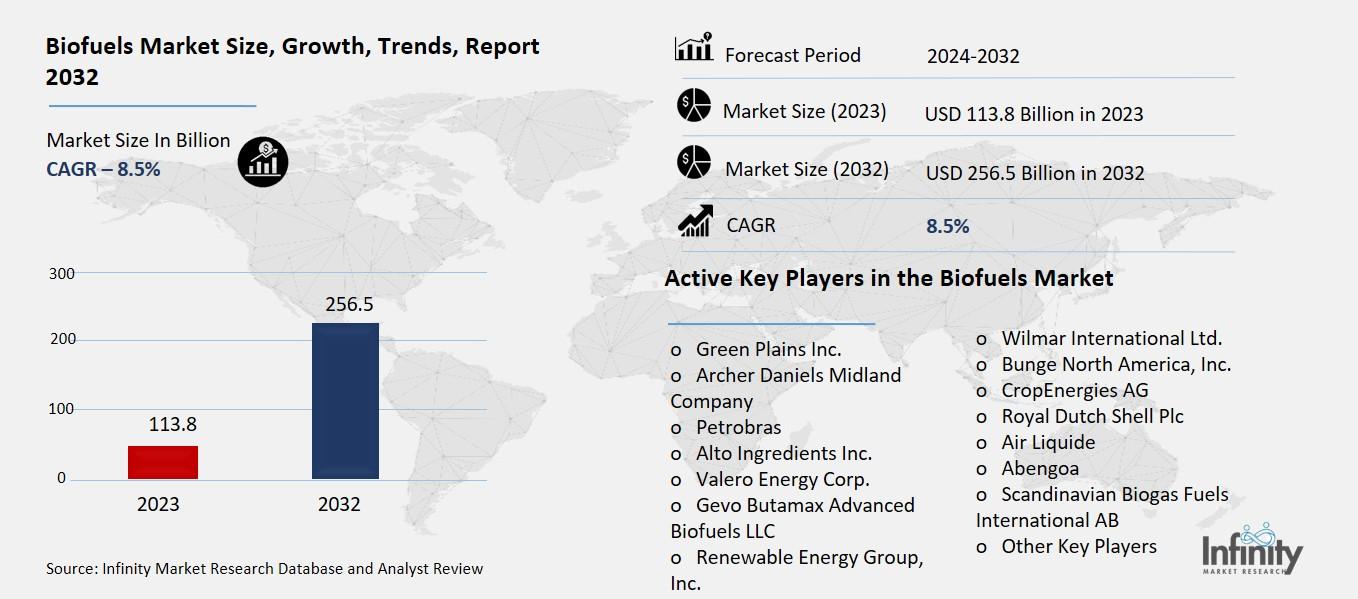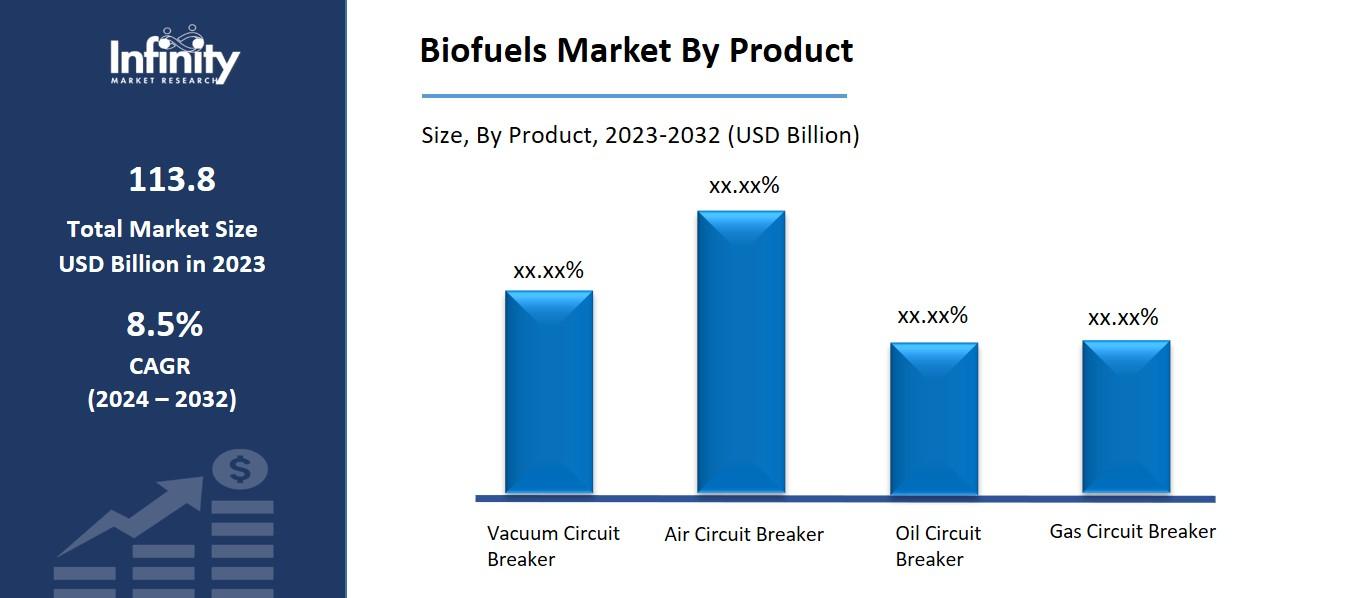
🔐 Secure Payment Guaranteed
Safe checkout with trusted global payment methods.
🌟 Why Choose Infinity Market Research?
At Infinity Market Research, we dont just deliver data — we deliver clarity, confidence, and competitive edge.
In a world driven by insights, we help businesses unlock the infinite potential of informed decisions.
Here why global brands, startups, and decision-makers choose us:
Industry-Centric Expertise
With deep domain knowledge across sectors — from healthcare and technology to manufacturing and consumer goods — our team delivers insights that matter.
Custom Research, Not Cookie-Cutter Reports
Every business is unique, and so are its challenges. Thats why we tailor our research to your specific goals, offering solutions that are actionable, relevant, and reliable.
Data You Can Trust
Our research methodology is rigorous, transparent, and validated at every step. We believe in delivering not just numbers, but numbers that drive real impact.
Client-Centric Approach
Your success is our priority. From first contact to final delivery, our team is responsive, collaborative, and committed to your goals — because you re more than a client; you re a partner.
Recent Reports
Global Myopia Control Lenses Market Report 2025-33
Hyaluronic Acid-based Dermal Fillers Market Report
Biofuels Market
Biofuels Market Global Industry Analysis and Forecast (2024-2032) by Product (Biodiesel, Wood Pellets, Ethanol, and Other Products), Form (Solid Biofuel, Gaseous Biofuel, and Liquid Biofuel), Feedstock (Corn, Vegetables Oils, Sugarcane, and Other Feedstock), Application (Aviation, Transportation, Heating, Energy Generation, and Other Applications), and Region
Mar 2025
Energy and Power
Pages: 138
ID: IMR1897
Biofuels Market Synopsis
Biofuels Market Size Was Valued at USD 113.8 Billion in 2023, and is Projected to Reach USD 256.5 Billion by 2032, Growing at a CAGR of 8.5%% From 2024-2032.
The biofuels market is a growing sector of the renewable energy industry, involved in the production and use of fuels derived from biological materials such as crops, agricultural residue, and algae. Alternatives to fossil fuels in transportation and industry are biofuels the ethanol, biodiesel, and advanced biofuels. Increasing environmental concerns, supportive government policies towards renewable energy, and the need for energy security propel the market. Second- and third-generation biofuels, which use non-food biomass and waste products, hold more technical potential to expand the market.

Its growth is affected by challenges like increasing production costs, land-use concerns and competition with food production. Strong investments in research and infrastructure in regions such as North America, Europe, and Asia-Pacific are driving the growth of the biofuels market, with considerable efforts being also directed toward the formulation of biofuels policies that support the commercialization of sustainable biofuel solutions.
Biofuels Market Driver Analysis
Increasing Demand for Sustainable Transportation
Factors such as the growing use of biofuels in aviation, shipping, and automotive sectors, and a global push to cleaner energy solutions and strict emission standards are driving the growth of the bioethanol market. Today, in the aviation sector, Sustainable Aviation Fuel (SAF), based on bio-based feedstock (like used cooking oil, agricultural residues, and algae), is being blended with conventional jet fuel to lower carbon footprints. Airlines and regulatory bodies, like the International Air Transport Association (IATA), have set ambitious goals for SAF adoption. Likewise, the shipping industry is moving toward biodiesel and renewable fuels for ships to meet regulations on sulfur emissions set by the International Maritime Organization (IMO) and mitigate the environmental damage of the heavy fuel oil historically burned in ships. In the auto industry, several nations are requiring that gasoline and diesel contain more ethanol and biodiesel for cleaner transport. Further, the biosolutions to provide advanced biofuels like cellulosic ethanol and synthetic fuels are making biofuels a sustainable energy source in the long-run.
Biofuels Market Restraint Analysis
Volatility in Raw Material Supply
The reliance of biofuel production on agricultural crops is one of the most significant issues to be faced; both crop yield and availability are affected by climate change and seasonal variation. Biofuels including ethanol and biodiesel depend on feedstock including corn, sugarcane, soybeans, and palm oil, which are subject to extreme weather such as droughts, floods, and temperature changes. Climate change can disrupt harvests, raising raw materials costs and destabilizing supply chains. Also, the yield from the crops change according to seasons which causes major fluctuations in biofuels production and price. This reliance has raised fears over food security as competition for land and water between food production (rice, corn, wheat, etc) and biofuels (sugarcane, etc) develops. To address these challenges, the industry is transitioning to second- and third-generation biofuels, which utilize non-food biomass, waste residues and algae as feedstock, thus decreasing dependency on traditional agricultural crops and increasing sustainability and supply stability.
Biofuels Market Opportunity Analysis
Integration with Circular Economy
Waste-based feedstock used for biofuel production is sustainable, as it reduces the demand for food crops and addresses waste management challenges. Biofuels that can be produced from waste materials, like used cooking oil and agricultural residues (corn stover, wheat straw, and sugarcane bagasse), forestry waste, and animal fats can be converted to biodiesel, ethanol, and advanced biofuels. This system increases resource efficiency by using by-products that would go on to cause environmental damage. Waste-based biofuels have a lower carbon footprint than conventional biofuels that also need land and water for cultivation. And governments and industries are increasingly backing circular economy models, where waste is integrated into the energy supply chain.
Biofuels Market Trend Analysis
Regulatory Push for Higher Blending Rates
Some countries have embarked on policies aimed at reducing greenhouse gas (GHG) emissions or meeting climate targets through increasing the blending rates of ethanol and biodiesel in common fuels. Countries around the world have rolled out biofuel blending mandates, which mandate a certain percentage of ethanol in gasoline and biodiesel in diesel in a bid to accelerate cleaner transportation fuels. One such example would be the Renewable Fuel Standard (RFS) in the United States, which mandates blending with ethanol, mostly corn-based ones. Brazil, another leader in biofuels, has adopted relatively high ethanol blending ratios (for example, 27% ethanol of gasoline) due to its robust sugarcane ethanol industry. To date, Europe's Renewable Energy Directive (RED II) mandates continual increases year-on-year in the share of biofuels in the transportation sector, with drachmae being paused for biodiesel produced from vegetable oils and waste feedstocks. India has further advanced its ethanol blending initiative targeting 20% ethanol in petrol by 2025 to reduce crude oil imports and curb emissions.
Biofuels Market Segment Analysis
The Biofuels Market is segmented on the basis of Product, Form, and Feedstock.
By Product
o Vacuum Circuit Breaker
o Air Circuit Breaker
o Oil Circuit Breaker
o Gas Circuit Breaker
By Form
o High Form
o Low Form
o Medium Form
By Feedstock
o Industrial
o Residential
o Commercial
o Utility Scale
By Application
o Aviation
o Transportation
o Heating
o Energy Generation
o Other Applications
By Region
o North America (U.S., Canada, Mexico)
o Eastern Europe (Bulgaria, The Czech Republic, Hungary, Poland, Romania, Rest of Eastern Europe)
o Western Europe (Germany, UK, France, Netherlands, Italy, Russia, Spain, Rest of Western Europe)
o Asia Pacific (China, India, Japan, South Korea, Malaysia, Thailand, Vietnam, The Philippines, Australia, New-Zealand, Rest of APAC)
o Middle East & Africa (Turkey, Bahrain, Kuwait, Saudi Arabia, Qatar, UAE, Israel, South Africa)
o South America (Brazil, Argentina, Rest of SA)
By Product, Gas Circuit Breaker Segment is Expected to Dominate the Market During the Forecast Period
The Product discussed in this research study, the gas circuit breaker segment is expected to account for its superior performance, reliability, and safety compared to traditional air and oil circuit breakers. OM66-02: Gas Circuit Breakers: High-voltage gas circuit breakers with sulfur hexafluoride (SF₆) gas are extensively used in power transmission and distribution networks due to their high dielectric strength, efficient arc quenching, and minimal maintenance needs. The increasing demand for a stable and uninterrupted power supply and the growing investments in the integration of renewable energy into existing grids and the development of smart grid infrastructure is also driving the adoption of gas circuit breakers. The trend of urbanization and industrialization is also contributing to the growth of the global electrical protection systems market as emerging economies rise, particularly in countries like China, India, and Brazil.

By Form, the High Form Segment is Expected to Held the Largest Share
The high form segment is anticipated to dominate the market due to its superior durability, strength, and performance across various industrial applications. High form materials or products are designed to withstand extreme environmental conditions, heavy loads, and high-pressure applications, making them ideal for use in sectors such as construction, automotive, aerospace, and energy. The increasing demand for high-performance materials in manufacturing and infrastructure development is a key driver for this segment's growth. Additionally, advancements in material science and engineering technologies have led to the development of high form products with enhanced thermal resistance, chemical stability, and mechanical strength. Emerging economies in Asia-Pacific, Latin America, and the Middle East are witnessing rapid industrialization, further fueling the demand for high form solutions.
By Feedstock, the Residential Segment is Expected to Held the Largest Share
In the residential segment, significant growth is expected due to the rising availability of household organic wastes, used cooking oil, and biodegradable materials for biofuel production, which would help the biofuel feedstock segment capture a majority of the market-size. Acknowledge of the waste management and the principles of the circular economy has grown, leading many governments and enhance municipalities to encourage the collection and conversion of municipal food waste, garden waste and wastewater sludge to biofuels like biogas and biodiesel. In the regions emphasizing on renewable energy integration and lowering carbon footprint, increasing adoption of household-level bio digesters and small-scale biofuel production units is also aiding in the growth of this segment.
By Application, the High Form Segment is Expected to Held the Largest Share
The high form segment is foreseen to hold the largest market share owing to its enhanced structural integrity and durability along with optimised efficiency across abrasive commercial and industrial settings. High form applications are common in industries such as construction, automotive, aerospace, energy, and heavy machinery, where materials and components must survive extreme pressure, temperature, and mechanical stress. High-performance solutions are increasingly in demand, especially in advanced manufacturing and infrastructure projects, which is contributing to the growth of this segment.
Biofuels Market Regional Insights
Europe is Expected to Dominate the Market Over the Forecast period
The Europe region is anticipated to dominate the market throughout the forecast period owing to its robust regulatory framework, sustainability initiatives, and well-established industrial infrastructure. The region has the European Green Deal and Renewable Energy Directive (RED II) in place aggressive environmental policies that promote the adoption of renewable energy sources, biofuels and sustainable materials. Furthermore, Europe's national agenda of decarbonization, circular economy initiatives, and reduction of dependency on fossil fuels creates a demand for innovative solutions in sectors such as automotive, energy, construction, and aerospace.
Germany, France, the UK, the Netherlands, and other countries are investing heavily in bio-based products, green technologies, and energy-efficient systems and applications, continues to enhance Europe potential on the world stage. Europe is anticipated to continue leading the market for forskolin in the forecast period, owing to growing investments in renewable energy, sustainable feedstocks, and eco-friendly manufacturing processes.
Recent Development
In July 2023, Equilon Enterprises LLC, a subsidiary of Shell Plc, has partnered with Green Plains Inc. in a technological collaboration to integrate Shell Fiber Conversion Technology (SFCT) with Fluid Quip Technologies’ precision separation and processing technology.
In July 2023, Gevo, Inc. signed a Master Services Agreement (MSA) with a subsidiary of McDermott International, Ltd. to deliver front-end engineering and early planning services for the development of multiple sustainable aviation fuel (SAF) facilities across North America.
Active Key Players in the Biofuels Market
o Archer Daniels Midland Company
o Petrobras
o Alto Ingredients Inc.
o Valero Energy Corp.
o Gevo Butamax Advanced Biofuels LLC
o Renewable Energy Group, Inc.
o Wilmar International Ltd.
o Bunge North America, Inc.
o CropEnergies AG
o Royal Dutch Shell Plc
o Air Liquide
o Abengoa
o Scandinavian Biogas Fuels International AB
o Other Key Players
Global Biofuels Market Scope
|
Global Biofuels Market | |||
|
Base Year: |
2023 |
Forecast Period: |
2024-2032 |
|
Historical Data: |
2017 to 2023 |
Market Size in 2023: |
USD 113.8 Billion |
|
Forecast Period 2024-32 CAGR: |
8.5% |
Market Size in 2032: |
USD 256.5 Billion |
|
Segments Covered: |
By Product |
· Biodiesel · Wood Pellets · Ethanol · Other Products | |
|
By Form |
· Solid Biofuel · Gaseous Biofuel · Liquid Biofuel | ||
|
By Feedstock |
· Corn · Vegetables Oils · Sugarcane · Other Feedstock | ||
|
By Application |
· Aviation · Transportation · Heating · Energy Generation · Other Applications | ||
|
By Region |
· North America (U.S., Canada, Mexico) · Eastern Europe (Bulgaria, The Czech Republic, Hungary, Poland, Romania, Rest of Eastern Europe) · Western Europe (Germany, UK, France, Netherlands, Italy, Russia, Spain, Rest of Western Europe) · Asia Pacific (China, India, Japan, South Korea, Malaysia, Thailand, Vietnam, The Philippines, Australia, New-Zealand, Rest of APAC) · Middle East & Africa (Turkey, Bahrain, Kuwait, Saudi Arabia, Qatar, UAE, Israel, South Africa) · South America (Brazil, Argentina, Rest of SA) | ||
|
Key Market Drivers: |
· Increasing Demand for Sustainable Transportation | ||
|
Key Market Restraints: |
· Volatility in Raw Material Supply | ||
|
Key Opportunities: |
· Integration with Circular Economy | ||
|
Companies Covered in the report: |
· Green Plains Inc., Archer Daniels Midland Company, Petrobras, Alto Ingredients Inc., and Other Major Players. | ||
📘 Frequently Asked Questions
1. What would be the forecast period in the Biofuels Market Research report?
Answer: The forecast period in the Biofuels Market Research report is 2024-2032.
2. Who are the key players in the Biofuels Market?
Answer: Green Plains Inc., Archer Daniels Midland Company, Petrobras, Alto Ingredients Inc., and Other Major Players.
3. What are the segments of the Biofuels Market?
Answer: The Biofuels Market is segmented into Product, Biodiesel, Wood Pellets, Ethanol, and Other Products. By Form, the market is categorized into Solid Biofuel, Gaseous Biofuel, and Liquid Biofuel. By Feedstock, the market is categorized into Corn, Vegetables Oils, Sugarcane, and Other Feedstock. By Application, Aviation, Transportation, Heating, Energy Generation, and Other Applications. By region, it is analyzed across North America (U.S.; Canada; Mexico), Eastern Europe (Bulgaria; The Czech Republic; Hungary; Poland; Romania; Rest of Eastern Europe), Western Europe (Germany; UK; France; Netherlands; Italy; Russia; Spain; Rest of Western Europe), Asia-Pacific (China; India; Japan; Southeast Asia, etc.), South America (Brazil; Argentina, etc.), Middle East & Africa (Saudi Arabia; South Africa, etc.).
4. What is the Biofuels Market?
Answer: The biofuels market is the international industry that produces, distributes, and consumes fuels derived from organic and renewable sources (next to others, plant materials, agricultural waste, and algae). Biofuels are used mainly to replace fossil fuels in transport, energy and heating. The market is primarily owing to government initiatives for renewable energy & carbon emission concerns rising and fluctuation in crude oil prices. Key biofuels are ethanol, produced from crops such as corn and sugarcane, and biodiesel, which comes from vegetable oils and animal fats.
5. How big is the Biofuels Market?
Answer: Biofuels Market Size Was Valued at USD 113.8 Billion in 2023, and is Projected to Reach USD 256.5 Billion by 2032, Growing at a CAGR of 8.5%% From 2024-2032.


🔐 Secure Payment Guaranteed
Safe checkout with trusted global payment methods.
🌟 Why Choose Infinity Market Research?
- Accurate & Verified Data:Our insights are trusted by global brands and Fortune 500 companies.
- Complete Transparency:No hidden fees, locked content, or misleading claims — ever.
- 24/7 Analyst Support:Our expert team is always available to help you make smarter decisions.
- Instant Savings:Enjoy a flat $1000 OFF on every report.
- Fast & Reliable Delivery:Get your report delivered within 5 working days, guaranteed.
- Tailored Insights:Customized research that fits your industry and specific goals.




